You’re probably familiar with “buy low, sell high” to earn a profit from the stock market. In practice, this is notoriously difficult to do. You have to identify the right entry and exit points to reliably pull this strategy off.
Instead of trying to time the market (which is not advisable), a more successful strategy would be to buy a stock when it is underpriced – provided that the underlying company maintains strong long-term growth prospects.
This is known as value investing and is a popular technique that has helped many investors succeed, including Warren Buffett, Charlie Munger and Peter Lynch.

How Value Investing Works
Founded by Benjamin Graham in the 1930s, the core principle behind value investing is to buy a company for less than its intrinsic value, which increases the chance of making a return while reducing risk to capital.
This is accomplished by analysing the company’s fundamentals to derive an intrinsic value independent of the stock price. When the gap between the former and the latter exceeds a certain point, an investor should buy the stock and hold it until the gap closes or overlaps.
Value Investing vs Growth Investing
While value investing seeks to invest in companies when stock prices are undervalued, stock price is less important in growth investing.
Instead, growth investors look to purchase stocks of companies they believe will achieve significant growth over a short period. This heightened demand from investors often pushes stock prices up and into overvalued territory.
Why Choose Value Investing?
Value investing has been proven to generate market-beating returns. Perhaps the most salient example of all time is Warren Buffet – Benjamin Graham’s most famous student – and the most successful investor of our modern times.
Between 1965 and 2021, Warren Buffett achieved a compounded annual gain of 20.1%; in that same period, the S&P 500 grew at an average of 10.5% per year.
More than its ability to outperform the market, value investing is worth considering as it focuses on companies with solid long-term prospects. The strategy also works well with portfolio diversification, as undervalued stocks may be found across the stock market’s breadth.

How to Value-Invest
As explained, value investing is all about investing in stocks with a value that exceeds the current stock price. Hence, it’s essential to understand the difference between value and price and how to determine a stock’s value.
Stock Value vs Stock Price
It’s important to understand that the market price of a stock doesn’t always equate to its value.
The stock price is simply the price investors are willing to pay to own one share of the stock. It influences investor demand, market trends, company news, and analyst reports.
Meanwhile, stock value is what the stock is worth, derived from fundamental factors such as earnings, market share, competitive landscape, etc.
To sum it up, remember this Warren Buffett quote – “Price is what you pay, value is what you get”.
Techniques to Calculate the Value of a Stock
Several metrics have been developed to calculate the intrinsic or fair value of a stock. Here are some of the more popular ones.
Price-to-earnings ratio (P/E)
P/E is derived by dividing the stock price by the company’s Earnings-per-Share (EPS) over the preceding 12 months. This ratio has many uses, including as an indicator of the stock’s value.
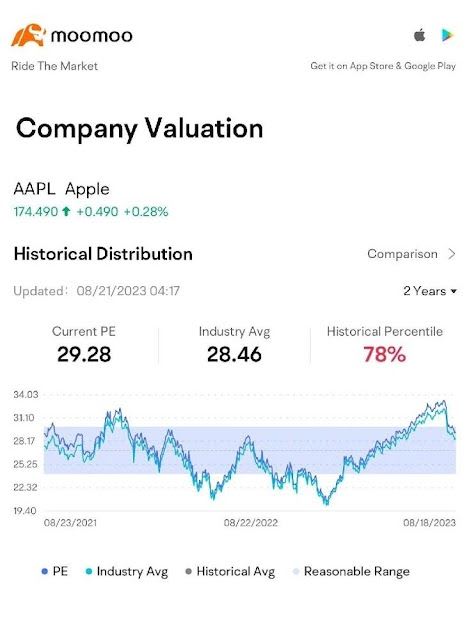
If a stock’s P/E is low compared to its peers, it could signal the stock is currently trading below value. Conversely, a high P/E points to high levels of speculation – investors are willing to pay a higher price to own the stock now, as they believe it will go up in the future.
Note that P/E traditionally is a trailing measure, as it uses data from the immediate past 12 months. There is also Forward P/E, which is calculated using a 12-month forecast for EPS.
Trailing P/E and Forward P/E can differ significantly.
Price-to-earnings growth ratio (PEG)
PEG is an extension of P/E. It is derived by dividing the stock’s P/E by the company’s earnings growth rate, providing investors with a big-picture view of profitability growth compared to P/E.
Given the earnings growth rate, a low PEG can indicate that the stock is undervalued. Generally, stocks with PEG under one are considered underpriced, but this benchmark can vary depending on the sector and industry.
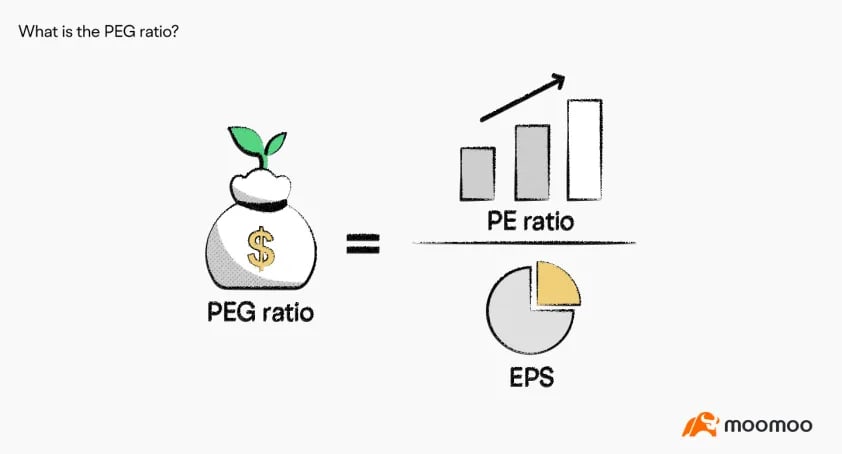
Price-to-book ratio (P/B)
The book value per share is the ratio of equity available to common shareholders divided by the number of outstanding shares.
Taking this figure and dividing it by share price gives us P/B, another popular measure of the value of a share.
A lower P/B may be interpreted as undervaluation, and there is more potential for a price movement to the upside. On the other hand, a higher P/B may point to overvaluation in a stock’s price.
Prices-to-sales ratio (P/S)
P/S is derived by dividing the stock price by the 12-month sales-per-share. This is an easy method to gauge a stock’s value, as company sales figures are usually commonly available.
To obtain sales-per-share, simply divide the total sales over 12 months by the number of outstanding shares.
Compared to industry benchmarks or sector peers, a low P/S could point to undervaluation in the stock and vice versa.
Other Factors to Consider, Besides Stock Price
Besides stock price, looking into other factors when investing is advisable. This is because, in value investing, you are not just buying undervalued stocks but taking a stake in companies poised to perform well in the future.
When value investing, it is also essential to control risk by ensuring a healthy level of portfolio diversification.
Fractional Shares
When starting, you may have limited capital to invest in multiple stocks. One alternative that you may consider is through investing in fractional shares. Fractional shares allow you to own less than one share of a company, enabling investments in multiple companies with a smaller amount, i.e. 10 different company shares with just US$50. This allows you to create an investment portfolio that is of a healthy level to weather uncertain market conditions.
This becomes easier as you study and understand more companies.
Here are some other factors to consider.
Financials
Financials are key metrics of a company’s health and long-term prospects. Your broker should provide quick snapshots of important financials, such as Earnings-per-Share (important for calculating P/E). An upward trend here is generally favoured.
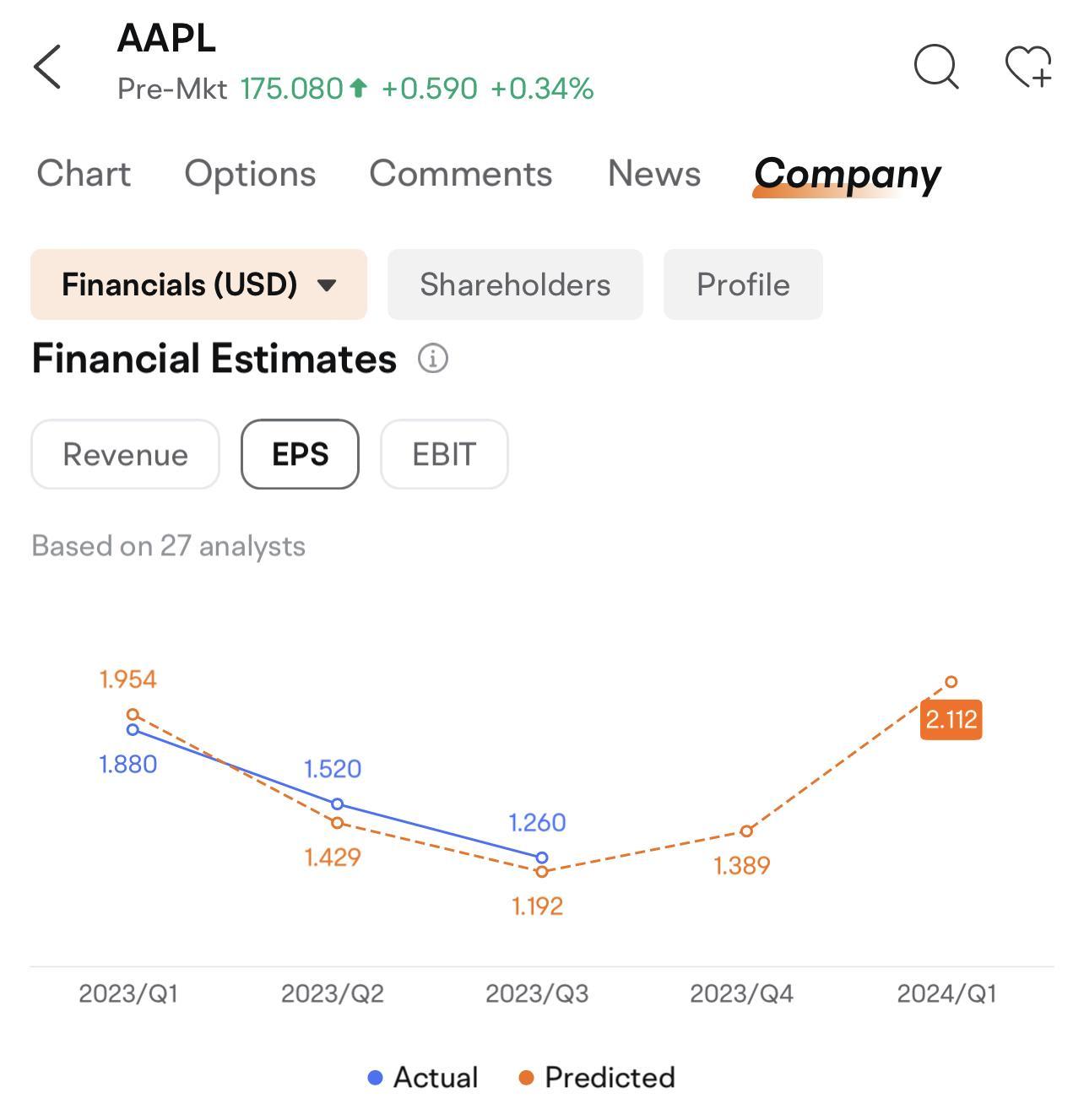
Another useful metric is Free Cash Flow, which can help you estimate the company’s ability to continue growing despite tough times.
Also important is the Gross Margin, which can signal how well a company can command costs and pricing strategy.
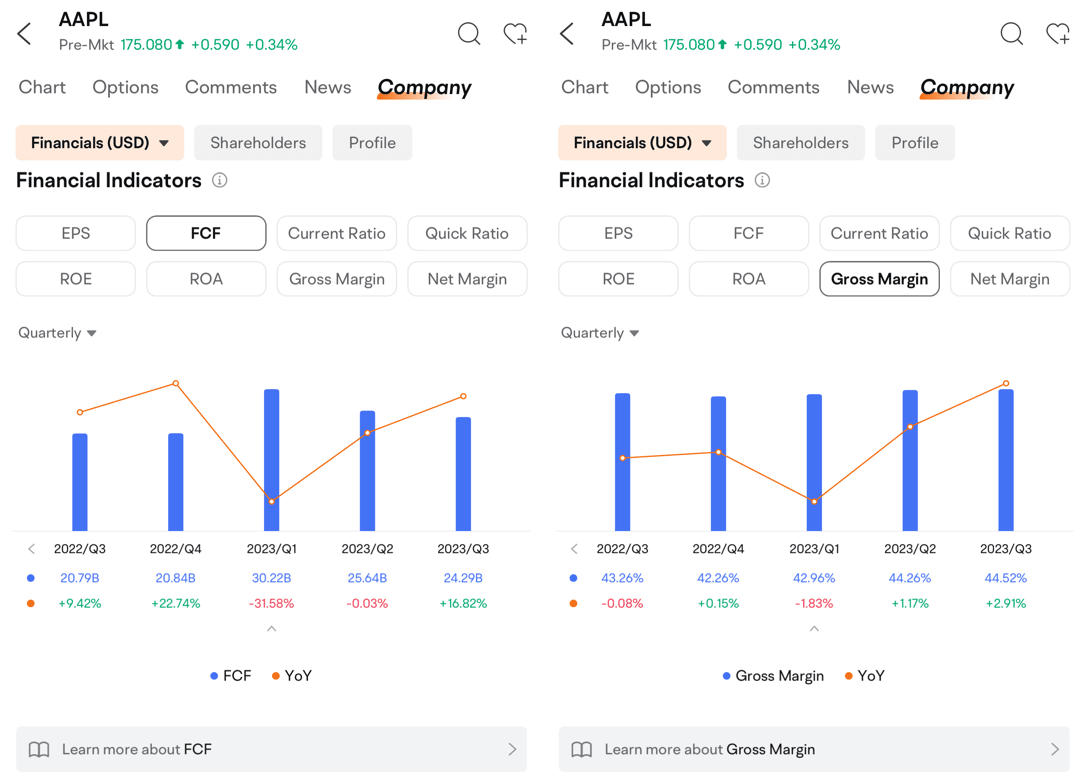
Analysis
As an investor, finding out what others think is always useful. Brokerages commonly offer analysts stock ratings and price forecasts to subscribers to help them make informed investing decisions.
Professional analysis by stock experts can act as a quick check to support or discourage an investment decision, which may sometimes be highly personal.
If your conviction towards a stock is not borne out by analyst calls or price expectations, it may be worthwhile to do deeper research before going ahead with the trade.
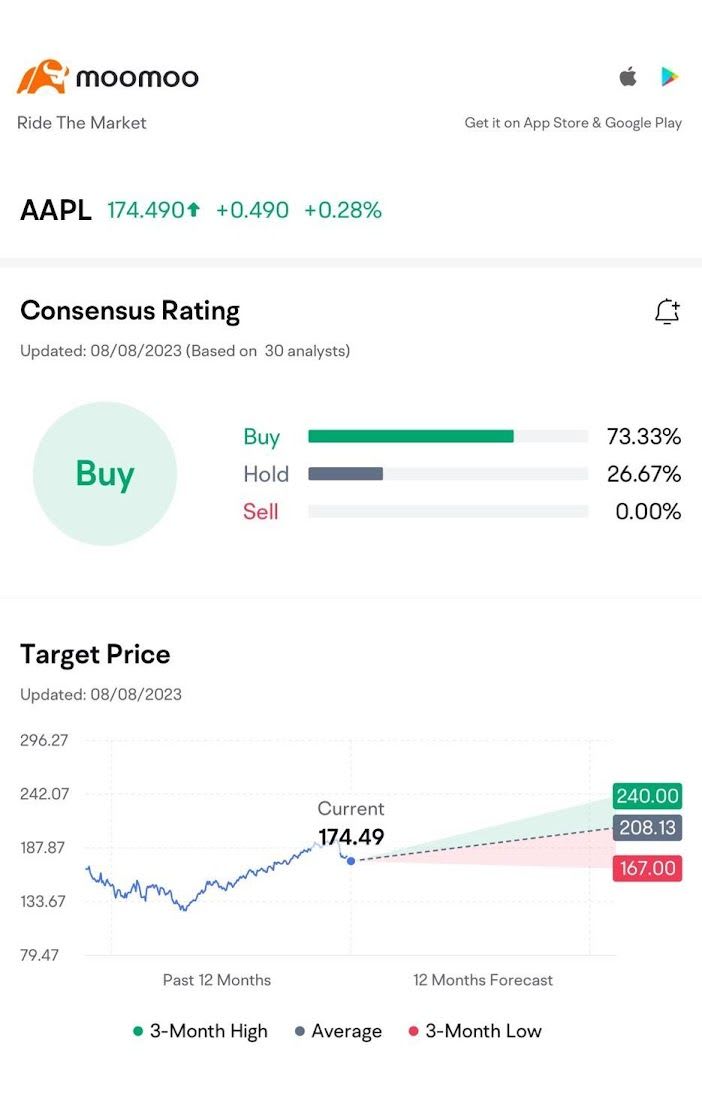
News and events
Stock prices are not immune to macroeconomic factors. In fact, stocks can be highly sensitive to certain situations, ranging from internal events like a company recall or scandal to external developments such as policy changes or war.
Hence, choose a broker integrating pertinent and timely news reports in your trading platform. This can help you make better decisions and improve your success in value investing.

Invest Smart with the Moomoo App
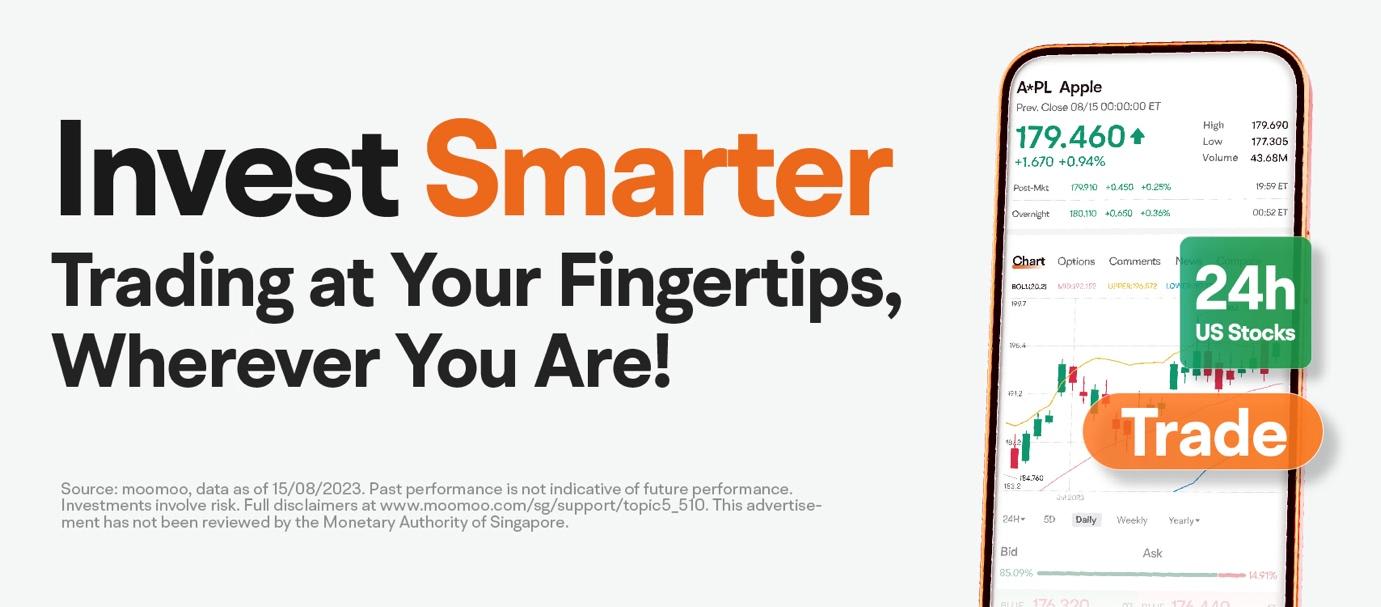
Moomoo SG is one of the leading brokerage platforms in Singapore that not only offers quick access to online trading thanks to an easy sign-up process and availability on both desktop and mobile applications and charges no commission* for US stocks. You also receive a welcome bonus* that includes access to market data and even free shares.
Moomoo SG has several popular products available to investors – you can trade stocks, ETFs, REITs, options, and ADRs on its platform, as well as SGX-listed futures and options on US and HK stocks.
Another benefit of Moomoo SG is that no minimum funding is required to open an account and start trading. You just need to be at least 18 years old and won’t be charged a sign-up fee.
Various payment methods, including PayNow, bank transfers, and FAST, are accepted. If you don’t have a bank account in Singapore, you can transfer funds from your overseas account via Wise or Bigpay, either through bank transfer or by funding your account through Wise balance.
Invest smarter with Moomoo SG; trade at your fingertips with the app wherever you are!
To get started on value investing, check out moomoo’s resource library that helps you learn more about the stocks you intend to invest in. To learn more about value investing, go to Discover > Learn > Search “Value Investing”. Once you’re ready, start investing on the moomoo app, or start trading US fractional shares.
Disclaimers:
*T&Cs and other fees apply.
This post was written in collaboration with Moomoo. This article is meant for information only and should not be relied upon as financial advice. Neither Moomoo Singapore nor its affiliates shall be liable for the content of the information provided. This advertisement has not been reviewed by the Monetary Authority of Singapore.
Read More:
Cover Image Source: Pexels
The article originally appeared on ValueChampion.
ValueChampion helps you find the most relevant information to optimise your personal finances. Like us on our Facebook page to keep up to date with our latest news and articles.
More From ValueChampion:
Key Financial Trends of the Month (Aug 2023)
What Are T-Bills ETFs and Should You Buy Them?
Hedge Funds vs Mutual Funds vs ETFs – Which Should I Invest In?



